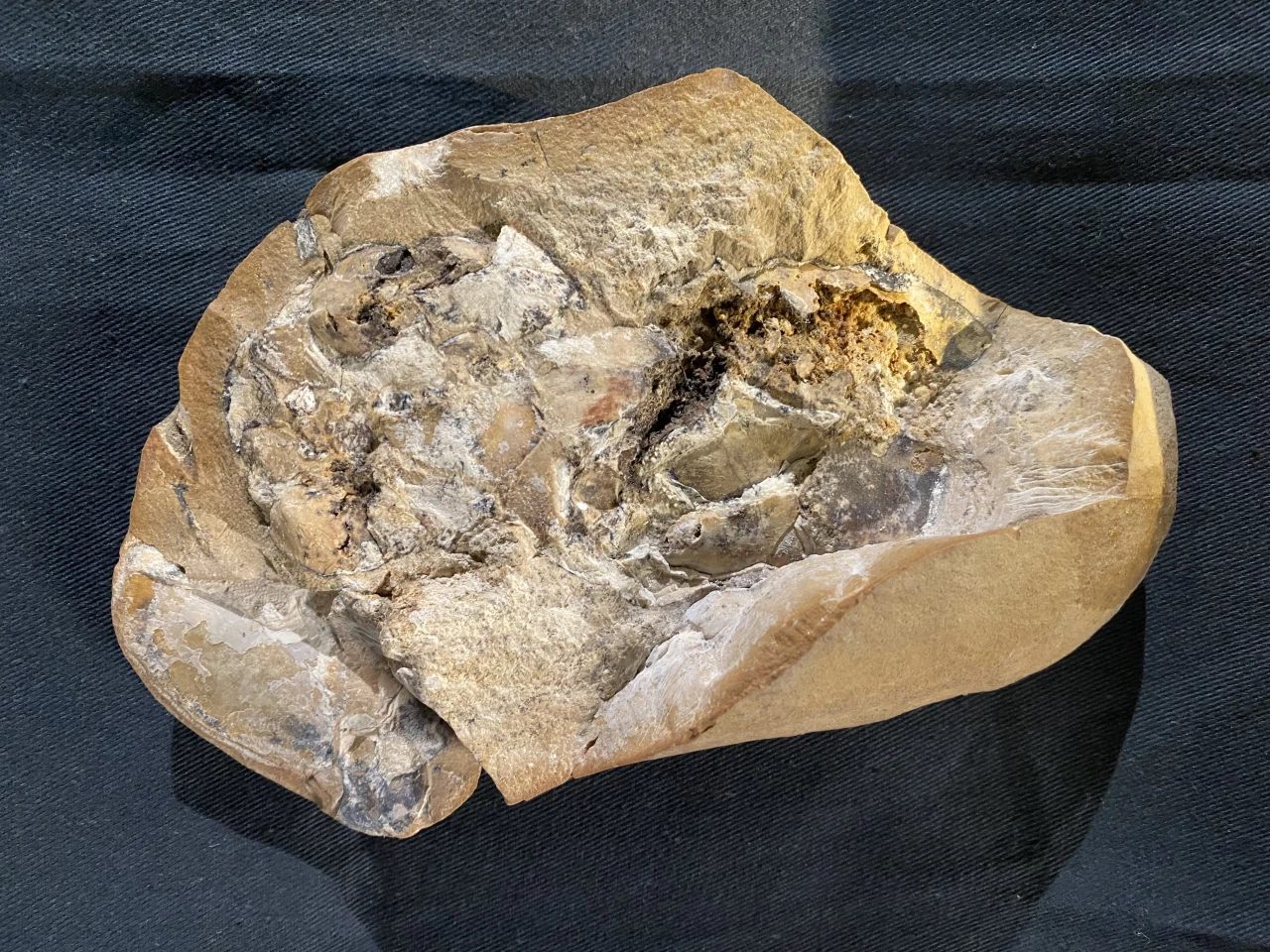Soft tissues don’t fossilize well, so most of the time scientists have to infer organ anatomy from just bones. But an unexpected treasure trove of new information has been discovered in Australia, with a 380-million-year-old fish fossil preserving the oldest heart ever found.
The fossil belongs to a species of arthrodire, a group of armored fish that ruled the oceans during the Devonian period between about 420 and 360 million years ago. These were some of the first vertebrates to evolve jaws, which was a pretty major innovation. But the path of organ evolution is much harder to trace – until this specimen came along.
Discovered in the Gogo Formation, the remains of an ancient reef system in northwestern Australia, the fossil captures the heart, stomach, intestines and liver of the ancient fish. Better yet, they’re preserved in their original positions in three dimensions, rather than being squashed flat by heavy rock over millions of years, as is usually the case.

The specimens are still encased in limestone, so the scientists used neutron beams and synchrotron X-rays to image them. From this the team could see the shape and structure of the organs with unprecedented precision, revealing a surprisingly advanced anatomy for their age. This also allowed the team to construct the first 3D model of the heart of an arthrodire, consisting of an S shape with two chambers stacked on top of each other.
"For the first time, we can see all the organs together in a primitive jawed fish, and we were especially surprised to learn that they were not so different from us," said Professor Kate Trinajstic, lead researcher on the study. "Evolution is often thought of as a series of small steps, but these ancient fossils suggest there was a larger leap between jawless and jawed vertebrates. These fish literally have their hearts in their mouths and under their gills – just like sharks today.”
The team also found that the fish’s liver was large and would have helped with its buoyancy – another shark-like trait. There was no sign of lungs though, which indicates they evolved in later groups and weren’t as ancestral as some hypotheses propose.
The research was published in the journal Science. A 3D animation of the scanned organs can be seen in the video below.
Source: Curtin University







